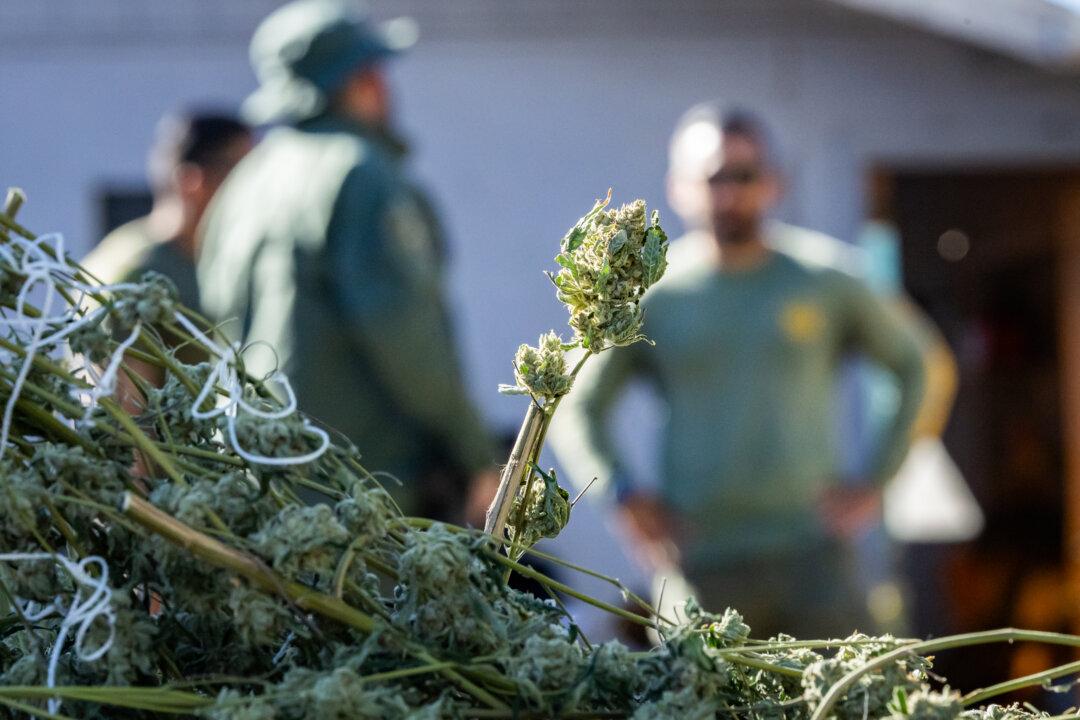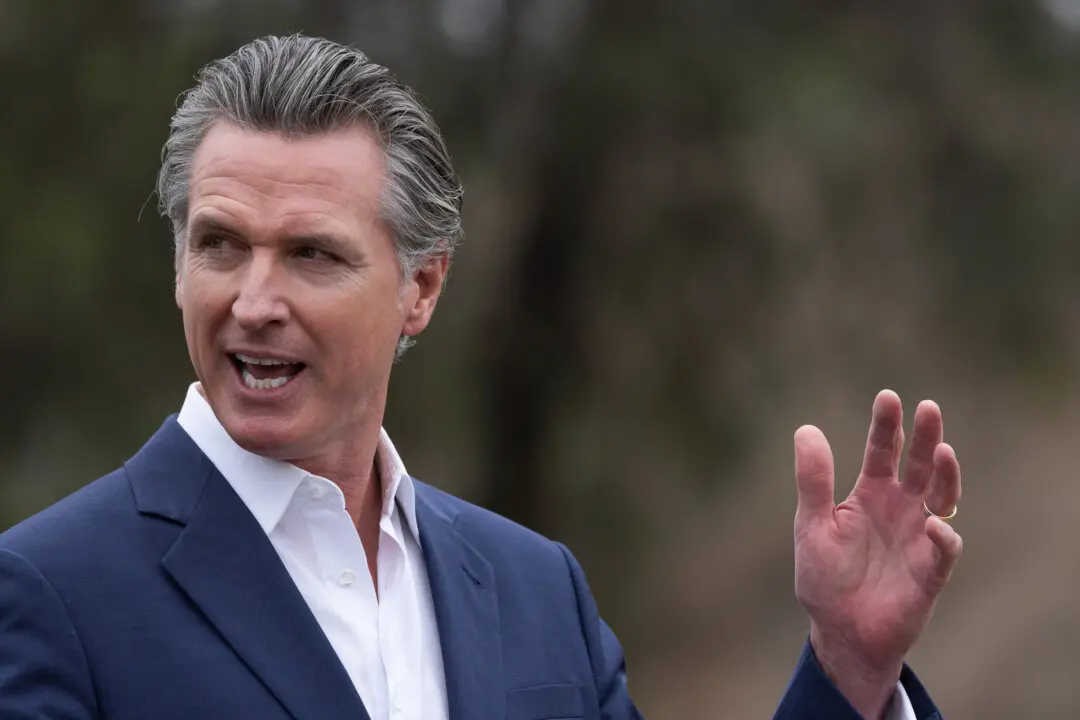The twin ports of Los Angeles and Long Beach are facing one of the worst backlogs they’ve ever seen, as dozens of cargo ships wait at anchor in San Pedro Bay. Together, they handle as much as 40 percent of the nation’s imports.
A combination of trade wars, tariffs, the COVID-19 pandemic, and a shift in spending habits of Americans have all played a part in creating the logjam, says Phillip Sanfield, a spokesperson for the Port of Los Angeles.





